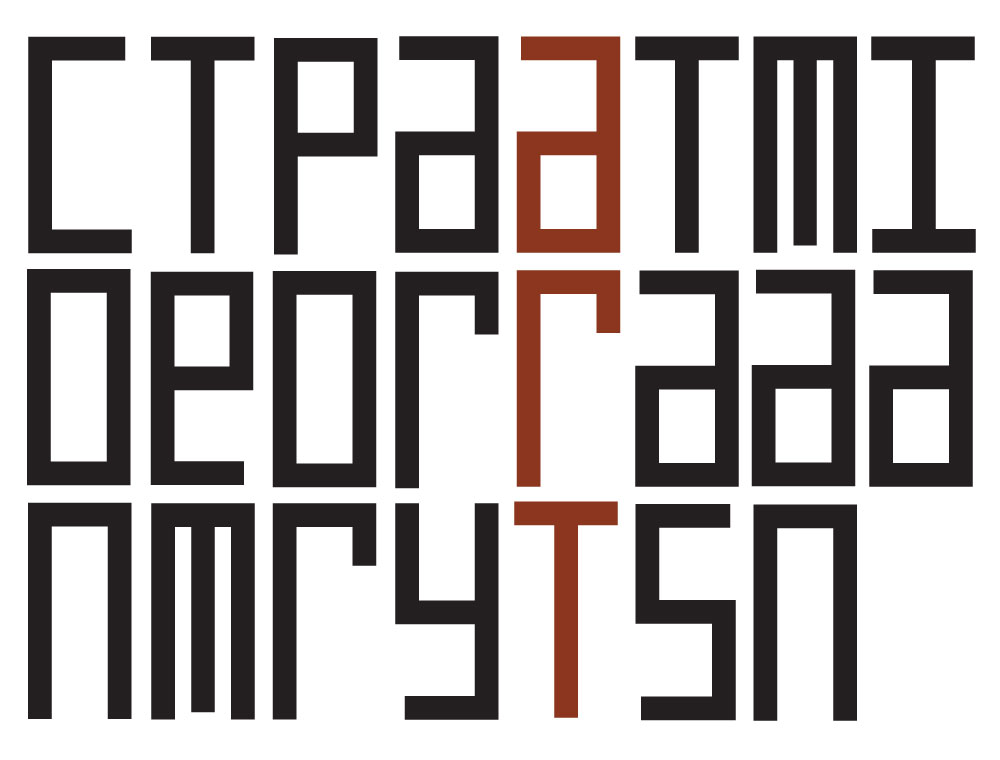Curator
LOUISE ROLLMAN
Artists
ARCHIE MOORE
OLIVIER DOLLINGER
HEESEOP YOON
DAVID HAMILL
JILLIAN CONRAD
Colliding Islands
Date: 14-Feb-2009 – 15-Mar-2009
Location: Contemporary Art Tasmania
The theory of continental drift rests on the idea that all today’s continents once formed a single giant landmass. Over millennia this mass slowly pulled apart, the pieces of land separating from one another at a rate of mere centimetres per year to eventually create the earth’s seven unique continents and thousands of islands. The flip side of continental drift is continental collision – an event capable of meshing continents together and carving out whole new landscapes over a vast geologic time span. The exhibition Colliding Islands maps the drifts and constructive convergences created by shifting cultural ideas and attitudes towards space, place and environment.
‘Landscape’ is a phenomenon much greater than the physical environment. Curator Lousie Rollman writes: “The combined artworks investigate the shifting cultural significance of landscape from traditional concepts of nature to the socio-urban topography of contemporary identities. In effect, they reflect the collisions with technology and question how constructed environments are ordered and defined.”
Archie Moore’s (Australia) life-size self-portraits explore the personal spaces created through past experience, language, politics and cultural history. Entitled Poor-traits, this work deconstructs negative experience in an investigation of indigenous identity. By contrast, the work of Olivier Dollinger (France) uses psychology to investigate the ‘spectacularisation’ of Hollywood. Through manipulation of the unconscious mind the women of Reverb, the Norma Jean Project embark on a journey that crosses boundaries of identity and the psyche.
Through excavating the constructed environment Jillian Conrad (USA) reveals the physical world to be ‘a language formed by layers of time, architectural choices and design opportunities’. Her sculptural installations and interventions contrast utilitarian materials with delicate and beautiful products, which have us peering into ambiguous spaces. Heeseop Yoon (Korea/USA) similarly employs a common material – masking tape – to depict masses of objects found within domestic storage spaces. The heavy detail and gestural quality of Yoon’s large-scale wall drawings brings perceptual awareness to qualities of depth and surface within the small world she depicts. David Hamill’s (USA) drawings are created using 3D CAD software and mimic the layout of the urban grid system. His sprawling abstract images challenge notions of civilisation whilst employing the high-tech systems of architectural design.
